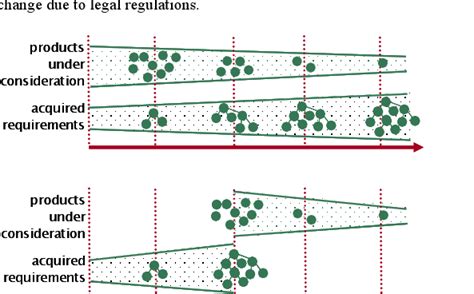OTS: Understanding the OTS Selection Criteria
Selecting the right Optical Transport System (OTS) is crucial for ensuring efficient and reliable network performance. The decision isn't straightforward, however, as numerous factors influence the optimal choice. This comprehensive guide delves into the key selection criteria for OTS, helping you navigate the complexities and make informed decisions.
What are the Key Factors in OTS Selection?
Several critical factors must be considered when choosing an OTS. These include:
-
Network Capacity and Scalability: This is arguably the most important criterion. Your OTS must be able to handle your current bandwidth requirements and offer sufficient scalability to accommodate future growth. Consider factors like the number of wavelengths, the capacity per wavelength, and the system's ability to upgrade seamlessly as your needs evolve. Will you need to add more wavelengths or increase the capacity of existing wavelengths in the near future?
-
Transmission Distance: The distance over which the optical signal needs to travel significantly impacts the choice of OTS. Different OTS technologies offer varying reach capabilities. For shorter distances, less sophisticated and cost-effective solutions might suffice. Long-haul networks, however, necessitate OTS solutions with advanced features like optical amplification to compensate for signal degradation.
-
Network Topology: The physical layout of your network—whether it's a ring, mesh, or star topology—dictates the type of OTS architecture required. The chosen OTS must be compatible with your network's topology and support the necessary protocols for efficient signal routing and management.
-
Service Requirements: The specific services your network will carry (e.g., high-definition video, data center interconnect, long-haul transport) influence the OTS selection. For instance, low-latency applications might require OTS solutions with advanced features to minimize latency, while high-bandwidth applications demand systems capable of handling substantial data traffic.
-
Budget and Total Cost of Ownership (TCO): While initial purchase price is a factor, the total cost of ownership (TCO) over the system's lifespan should be the primary consideration. This includes operational expenses like power consumption, maintenance, and potential upgrades. A seemingly cheaper OTS might end up costing more in the long run due to higher operational costs or limited scalability.
-
Vendor Support and Maintenance: Choosing a reputable vendor with a strong track record of providing reliable support and maintenance is essential. Downtime is costly, so ensuring you have access to prompt and effective technical support is crucial.
What are the Different Types of OTS Systems?
Understanding the different types of OTS systems available is essential before selecting one. Broadly, these are categorized based on their technology and features. While specifics vary greatly across vendors, understanding these categories provides a good foundation.
- DWDM (Dense Wavelength Division Multiplexing): This is the most prevalent technology, allowing multiple wavelengths of light to be transmitted simultaneously over a single fiber optic cable, maximizing bandwidth efficiency.
- CWDM (Coarse Wavelength Division Multiplexing): This offers a lower-cost option compared to DWDM, but with less channel density. It's suitable for shorter distances and lower bandwidth requirements.
- OTN (Optical Transport Network): OTN provides a standardized framework for managing and transporting optical signals, enhancing interoperability and manageability. It's commonly integrated with DWDM systems.
How Do I Choose the Right OTS Technology for My Needs?
The ideal OTS technology depends on your specific requirements. For example:
- High-capacity long-haul networks: DWDM with OTN is generally the preferred choice.
- Shorter distances and lower bandwidth needs: CWDM might be sufficient.
- Networks requiring robust management and interoperability: OTN is essential.
It’s crucial to conduct a thorough network audit to accurately assess your current and future bandwidth demands, transmission distances, and service requirements before making a decision.
What are the Benefits of Using an OTS?
OTS offers several key benefits:
- Increased Bandwidth: Supports significantly higher bandwidth compared to traditional systems.
- Improved Scalability: Allows for easy expansion to accommodate future growth.
- Enhanced Reliability: Offers superior signal quality and resilience.
- Reduced Operational Costs: Optimizes network efficiency and lowers operational expenses.
What are some common challenges in OTS selection?
Challenges include accurately forecasting future bandwidth needs, managing the complexity of different OTS technologies, and balancing initial cost with long-term TCO. Careful planning and consultation with experienced network engineers are essential to overcome these hurdles.
This comprehensive guide provides a strong foundation for understanding the selection criteria for OTS. Remember that consulting with network experts is vital to ensure the chosen OTS aligns perfectly with your specific network requirements and future growth plans. Remember to carefully weigh all factors and prioritize long-term value over short-term cost savings.

